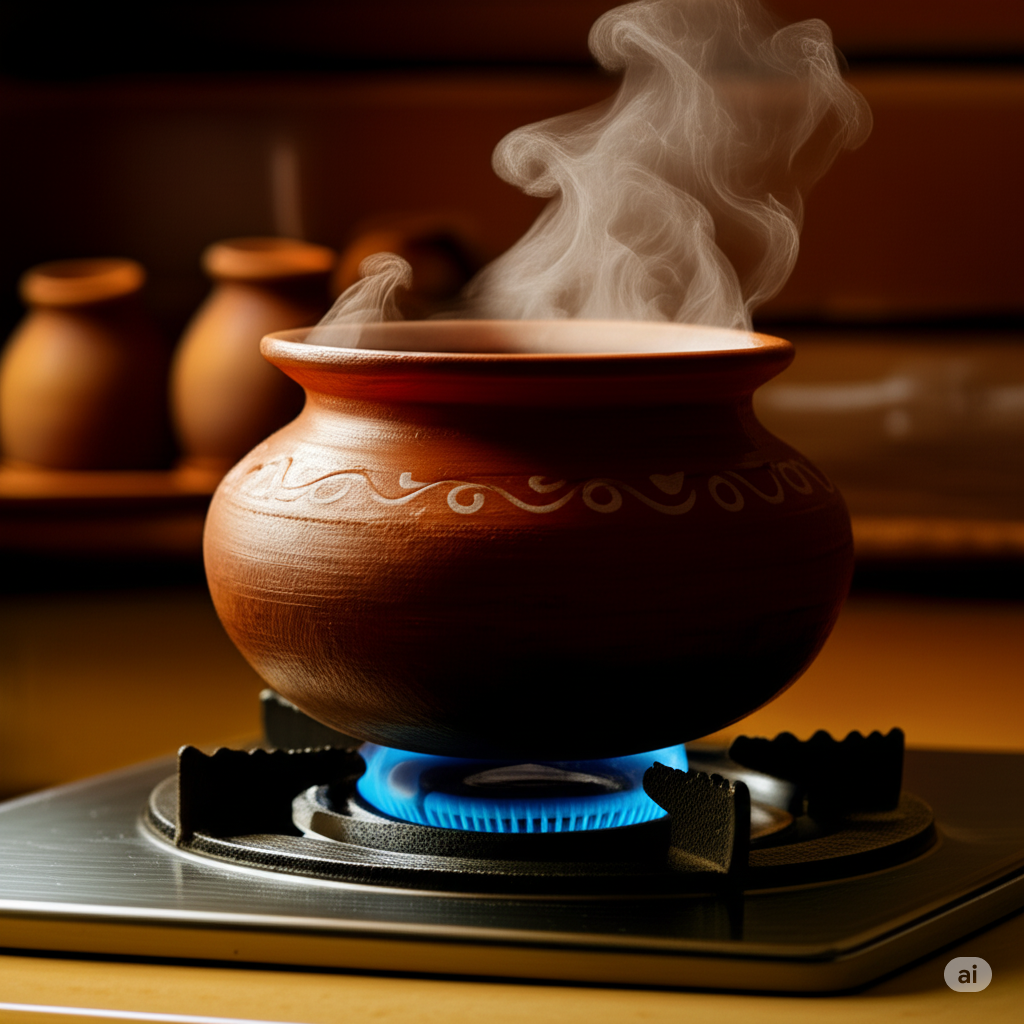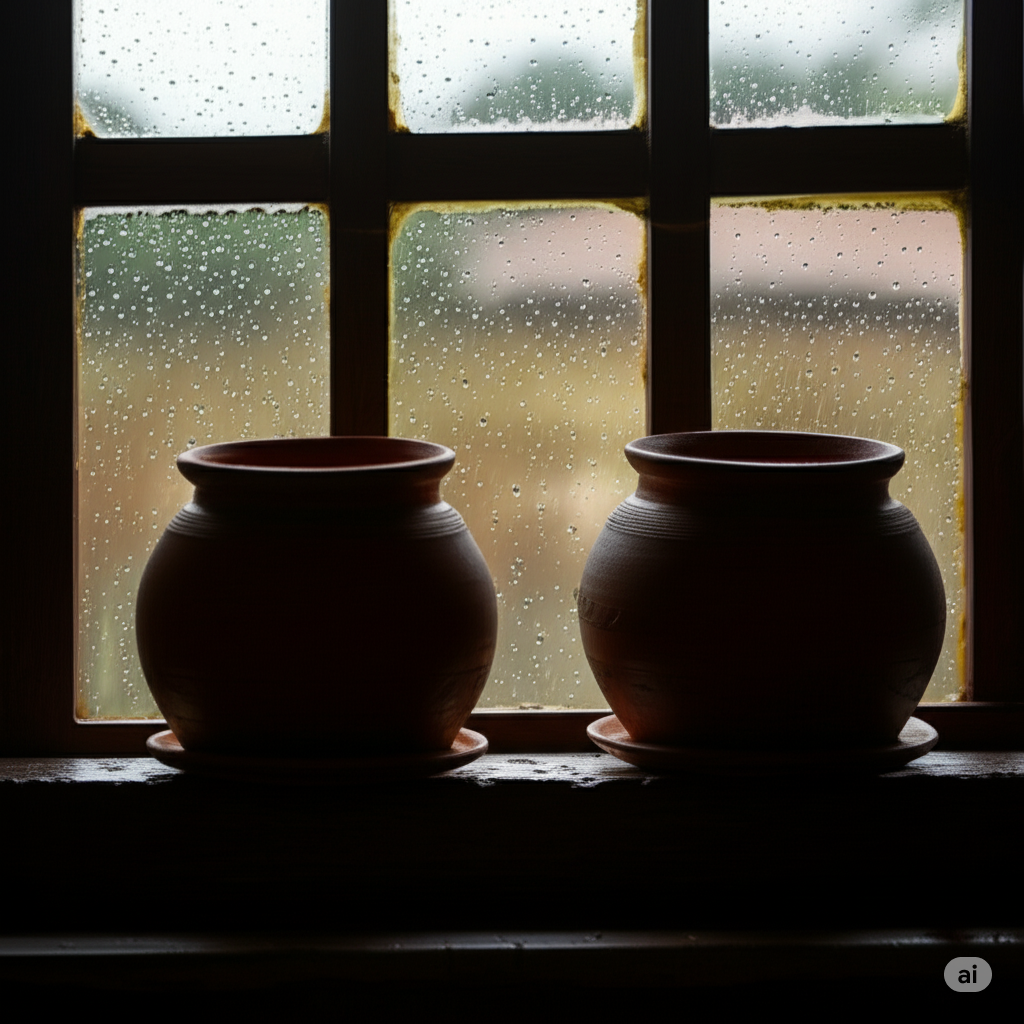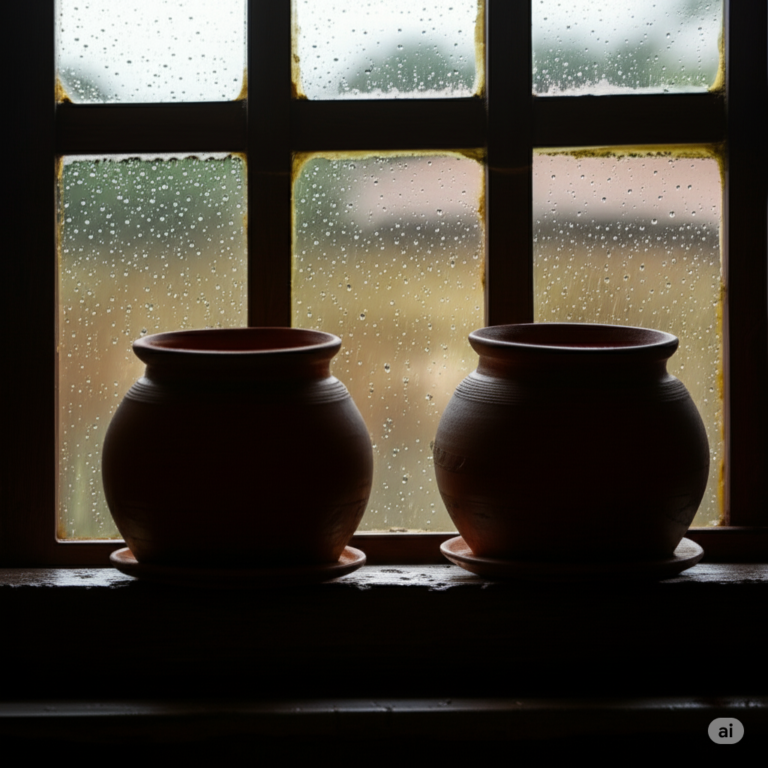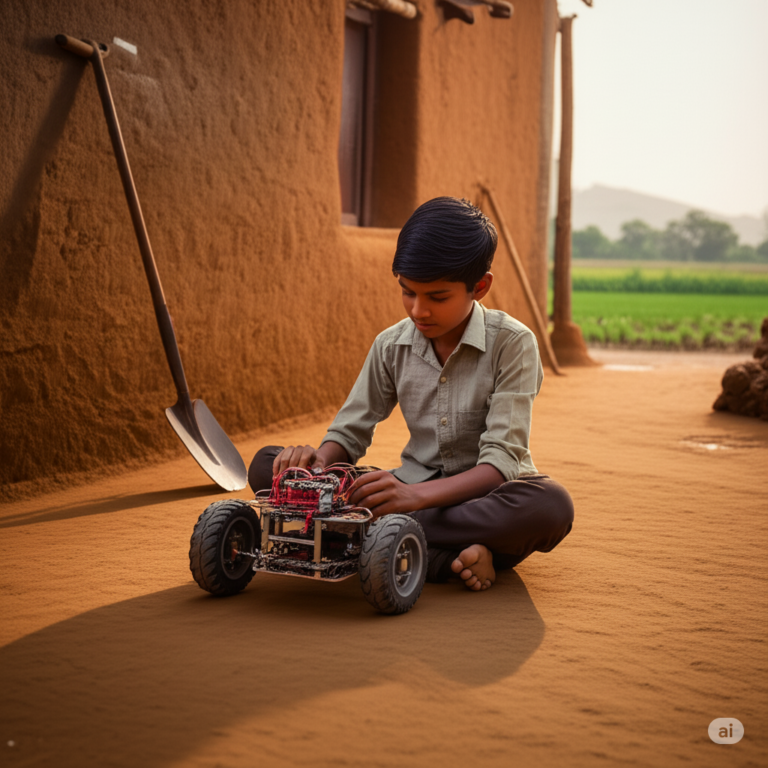Tradition Meets Seasonality
In India, earthen cookware—from clay pots to kulhads—is more than just a trend. It’s a centuries-old practice rooted in Ayurveda, sustainability, and local living.
But when the monsoon arrives, many households wonder:
Is it safe to use mitti kitchenware in humid, damp weather?
Can they harbor bacteria? Do they crack more easily?
This blog explores whether clay pots are a friend or foe during the rainy season—with insights from food safety, cultural practices, and science.
🌱 What Is Earthen Kitchenware?

Earthen kitchenware refers to cooking and serving utensils made from natural clay that is:
- Shaped by hand or mold
- Dried and baked (typically in a kiln)
- Left unglazed or minimally glazed
Common Types:
- Clay handis for curries
- Clay matkas for storing water
- Kulhads for chai
- Tandoors, tawas, fermenting jars
Its natural porous structure allows slow cooking, retains nutrients, and adds earthy flavor—literally.
🌧️ What Happens During Monsoon?
The monsoon season brings:
- High humidity (75–95% in many parts of India)
- Sudden temperature changes
- Less direct sun (which is often used to dry pots)
- Higher fungal and bacterial activity
These environmental shifts can impact earthen pots, especially:
- If not fully baked or sealed
- If stored in damp or closed cabinets
- If not cleaned and dried properly
🔬 Science Speaks: Is It Safe to Use Earthenware in Monsoon?
✅ Pros:
1. Thermal Insulation and Flavor Retention
Clay naturally retains heat, making it ideal for slow-cooked soups, dals, and stews—perfect monsoon comfort foods.
2. Neutral pH for Fermentation
Clay jars are ideal for fermenting buttermilk, pickles, or idli batter due to their stable pH balance.
3. No Chemical Leaching
Unlike plastic or metal, earthen pots do not leach harmful chemicals into food when heated.
⚠️ Cons (Only If Not Cared For):
1. Risk of Mold and Bacteria
Moisture + darkness = microbial growth. If not dried properly, pots can develop black spots or fungus.
2. Cracking in Damp Storage
High humidity and inconsistent heat can cause microcracks, especially in unbaked or low-fired clay.
3. Absorbs Smell and Residue
Clay is porous—leftover liquids or food can seep in, making cleaning critical during monsoon.
🛡️ Expert Tips: How to Use Earthenware Safely in Monsoon
| Practice | Why It Matters |
|---|---|
| Cure new pots with warm water & turmeric | Natural antibacterial priming |
| Avoid storing wet clayware in cabinets | Prevents fungus and odor buildup |
| Dry upside down in a ventilated spot | Ensures moisture leaves through pores |
| Use daily | Keeps pot active and dry |
| Deep-clean with rock salt or vinegar weekly | Neutralizes bacteria naturally |
📜 What Ayurveda and Indian Traditions Say
According to Ayurveda and traditional Indian health beliefs:
- Clay has prithvi (earth) and jal (water) elements—cooling and grounding
- Cooking in mitti enhances digestive health
- Monsoon foods cooked in clay pots (like khichdi, rasam) are considered soothing to the gut
However, traditionally, pots were sun-dried after every use—which can be tricky in the rainy season.
🍲 Seasonal Recipes Perfect for Clay Pots
Here are 3 foods perfect for mitti cookware during monsoon:
1. Tulsi Rasam in Clay Handi
- A healing anti-inflammatory soup
- Retains warmth and medicinal properties better in clay
2. Palak Khichdi in Clay Pressure Pot
- Slow cooking brings out flavors, keeps it gentle on the stomach
3. Kadhi with Hing in Mitti Tawa
- Tangy, probiotic-rich food ideal for high-humidity digestion
♻️ Sustainability and Local Economy
Using mitti kitchenware supports:
- Local potters and artisans
- Eco-friendly cooking (no plastic, no non-stick coatings)
- Lower carbon footprint compared to imported utensils
Especially during monsoon, when rural pottery markets face sales drops, using and maintaining your clayware is a small but impactful step.
🧠 Summary: Is It Best to Use Earthen Kitchenware in Monsoon?
| Criteria | Verdict |
|---|---|
| Food safety | ✅ Safe if cleaned, dried, and used regularly |
| Durability | ⚠️ Prone to cracking if stored damp or not cured |
| Flavor and health | ✅ Excellent for seasonal comfort foods |
| Storage | ⚠️ Avoid sealed cabinets, prefer open racks |
🏁 Conclusion: Clay in the Clouds—Yes, But With Care
Using earthen kitchenware during monsoon is both safe and enriching, as long as you:
- Clean thoroughly
- Dry properly
- Use regularly
It’s a meaningful way to combine traditional wisdom with seasonal mindfulness, all while supporting local artisans and sustainable living.
🧘♀️ As the rains pour and chai simmers, clay connects us to the earth—and to each other.









+ There are no comments
Add yours